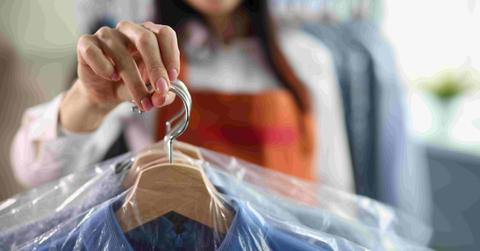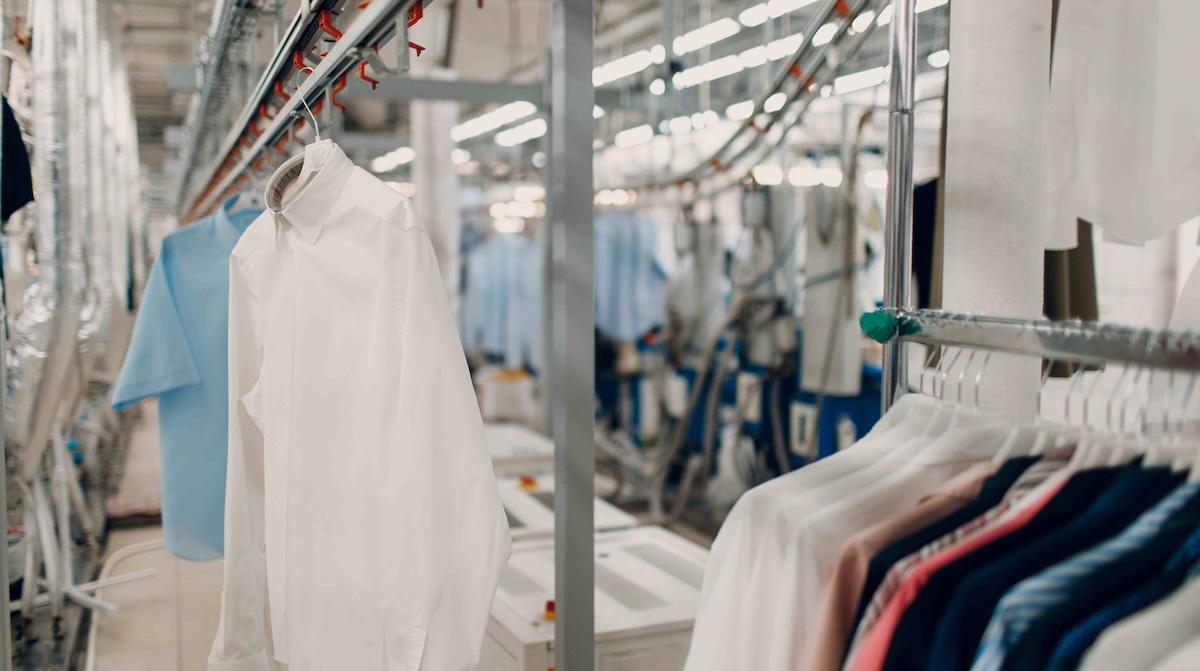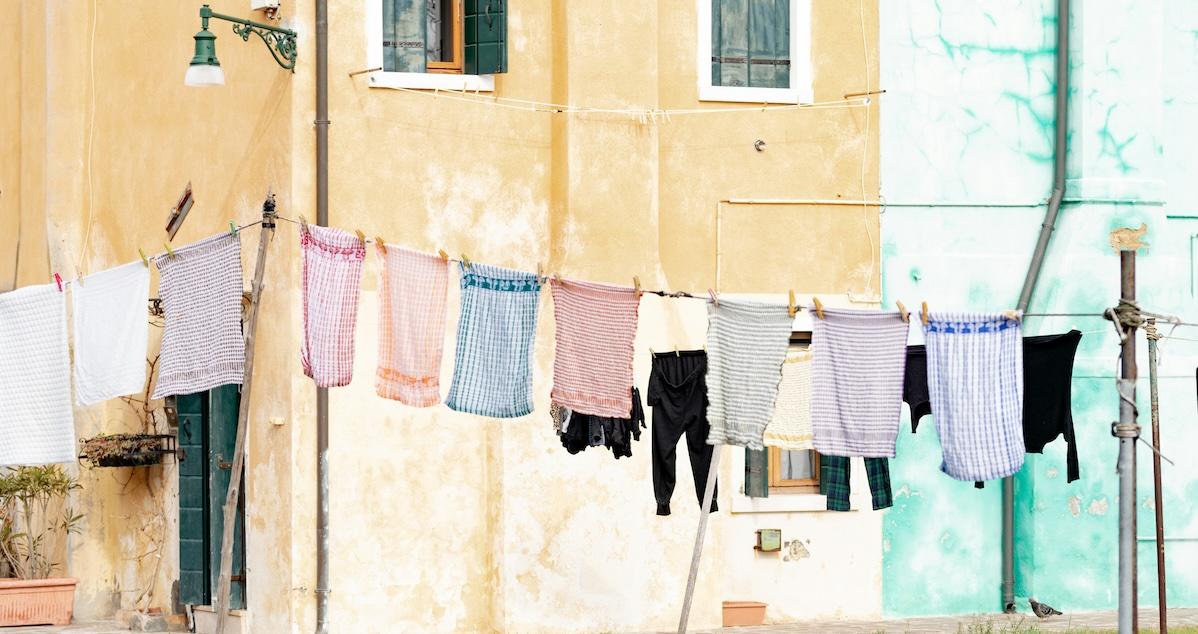Skip the Toxins: Your 4-step Guide to Green Dry Cleaning
Research connects chemicals frequently used in dry cleaning to cases of cancer.
Updated May 13 2025, 4:49 p.m. ET

When you want your clothes to look fresh and professional, you’ve probably considered taking them to a dry cleaner. While you might not think much about the process or that chemical smell, here’s the deal: Dry cleaning comes with some downsides.
Besides the significant water consumption of washing machines — estimated at around 19 billion cubic meters annually — they are also reported to release about 62 million tons of CO2-equivalent greenhouse gases each year.
In addition to this environmental burden, research connects perchloroethylene (PCE) and trichloroethylene (TCE), chemicals frequently used in dry cleaning, to cases of cancer. These concerns highlight the importance of eco-friendly dry cleaning alternatives.

What is Green Dry Cleaning?
Unlike typical dry cleaning, green methods avoid toxic chemicals and instead utilize biodegradable or naturally derived solvents from renewable sources like corn and coconut oil, as well as innovative options like silicone-based solvents (derived from sand) and pressurized carbon dioxide. These methods aim to minimize environmental impact and health risks while still providing effective fabric care.
So, how do you get started with green dry cleaning?
Step 1: Know the Different Green Dry Cleaning Methods
There are different green dry cleaning methods. Some of the most popular include wet cleaning, CO2 cleaning, and using plant-based solvents.
If you’re after a water-based, chemical-free option that’s safe for delicate fabrics like silk and wool, wet cleaning might be the most logical choice for you. Here, specialized computer-controlled machines apply precise amounts of water, temperature, and biodegradable detergents to safely clean your clothes without causing damage.
If it’s high-tech eco-friendly solutions you’re looking for, you can go for recycled carbon dioxide to remove dirt without leaving residue or harming the environment. Plant-based solvents could also work great if you’re looking for renewable, non-toxic alternatives. They’re gentle but can hold their own when it comes to cleaning.
Step 2: Find a Certified Eco-Friendly Dry Cleaner
Another key part of steering clear of toxins is working with dry cleaners or any other cleaning professional who not only speaks green but also practices it. If you’re keen to find this out, you need to follow the trail.
One of the certifications to look out for is a Certified B Corporation. This one’s set apart for businesses that are at par with strict social and environmental performance standards set by B Lab.
Settling for a dry cleaner with this certification can put you at peace, knowing that they give priority to ethical practices beyond just being “green”. They may be focused on reducing their carbon footprint, maybe supporting workers’ rights or contributing to their local communities.
There’s also the EPA Safer Choice certification. This one is set aside for products and services that use ingredients proven to be safer for human health and the environment. For dry cleaners, this certification means they use cleaning agents and solvents that meet EPA’s stringent criteria for toxicity, biodegradability, and environmental impact.

Step 3: Reduce the Need for Dry Cleaning
Many clothes with the label “dry-clean only” can actually be washed at home with the right care. Cotton, synthetic fabrics, and knit materials are good examples. Then there’s wool, silk, and cashmere. These ones often require dry cleaning, but every now and again, can be an exception.
If these are some of the clothes you own, you can reduce the frequency of dry cleaning and opt for hand-washing. This can significantly reduce your exposure to toxins.
Consider spot cleaning stains at home with natural solutions, too. You can use vinegar, baking soda, or castile soap. Only call in the pros when it’s clear your home solutions won’t work.
Step 4: Advocate for Change
As someone passionate about the cause, you can take it upon yourself to make others aware, too. One of the things you can do is to talk about the benefits of green dry cleaning within your community.
Consider organizing a meeting with your neighbors to discuss sustainable garment care, for example. If you know any local eco-friendly cleaners, tag them along, too. Let them talk about their methods and share tips for reducing chemical use.

But don’t stop at that. You can approach businesses, too. Ask them to think about and consider adopting eco-friendly practices. Also, you can ask your neighbors to consider supporting those who already do. You may be one person, but your voice has its power. Simply sharing information and demanding action can open the door to safer, greener garment care options.
Wrapping Up
Switching to green dry cleaning can be good for your health and a recipe for a healthier planet. Look at the steps above as a unique opportunity to align the choices you make with the values you hold dear.
Above all, take your business to cleaners who agree with your views on sustainability. This might seem like a small move in the grand scheme of things, but it can make a huge difference.